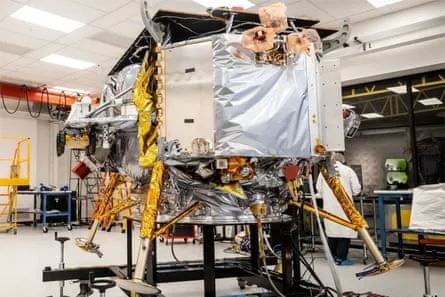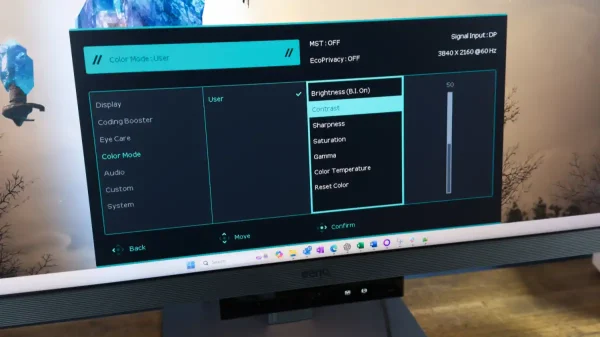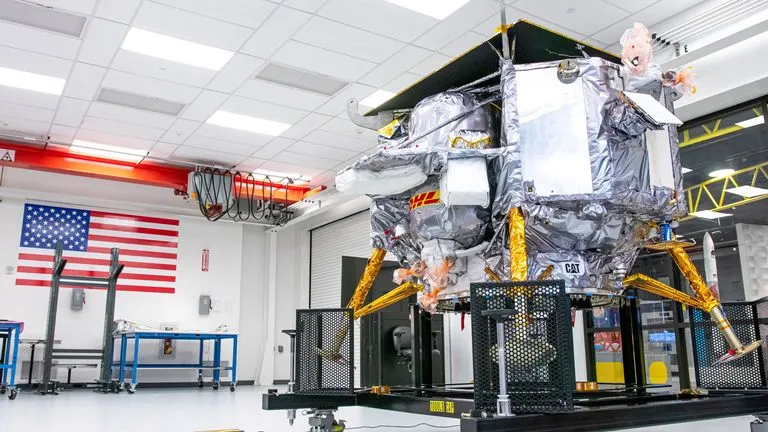The Peregrine lunar lander, a troubled spacecraft that has been making headlines for its prolonged flight despite a propellant leak shortly after launch, will soon meet its demise in a blaze of glory. The Pittsburgh-based Astrobotic company, responsible for the mission, has announced that it expects the spacecraft to burn up in the Earth’s atmosphere in the coming days, bringing an end to its incredible but ultimately doomed journey.
Peregrine was originally intended to be the first private mission to successfully land on the moon, with a scheduled landing date of next month. However, the propellant leak caused by a faulty valve meant that the spacecraft would be unable to reach the lunar surface as planned. Despite this setback, the Astrobotic team worked tirelessly to extend the mission, power up some of the on-board payloads, and gather as much scientific data as possible.
In the end, despite its many challenges, Peregrine has managed to stay aloft for far longer than expected, with Astrobotic reporting that the spacecraft will continue to operate until around January 22. During this time, the team will gather more data, which will be useful for future missions, including the company’s Griffin lunar lander mission set to launch in November.
The decision to intentionally crash Peregrine into the Earth’s atmosphere was not taken lightly. Astrobotic acknowledged that the spacecraft’s damaged state posed a risk to other spacecraft and objects in cislunar space, making it necessary to end the mission in order to preserve the future of space exploration.

Unmanned Peregrine Spacecraft’s Epic Flight Ends with Fiery Crash
The company will host a teleconference with NASA tomorrow to share major mission updates, which will be live-streamed on select NASA channels. The event promises to be an exciting opportunity for space enthusiasts to learn more about the Peregrine mission and its significance in the history of space exploration.
In the larger context, Peregrine’s story serves as a reminder of the many challenges and risks involved in space travel. Despite the best efforts of the Astrobotic team, the spacecraft’s propellant leak proved to be a insurmountable obstacle, marking the end of an era in private lunar exploration. However, the data and experiences gained from this mission will pave the way for future successes, and the team at Astrobotic is already looking ahead to its next lunar lander mission, Griffin.
As the world says goodbye to Peregrine, it is a testament to the dedication and perseverance of the space community that even the most troubled of missions can still inspire and educate. And who knows? Perhaps the lessons learned from Peregrine’s journey will lead to breakthroughs that will one day make humanity’s return to the moon and beyond a reality.








































